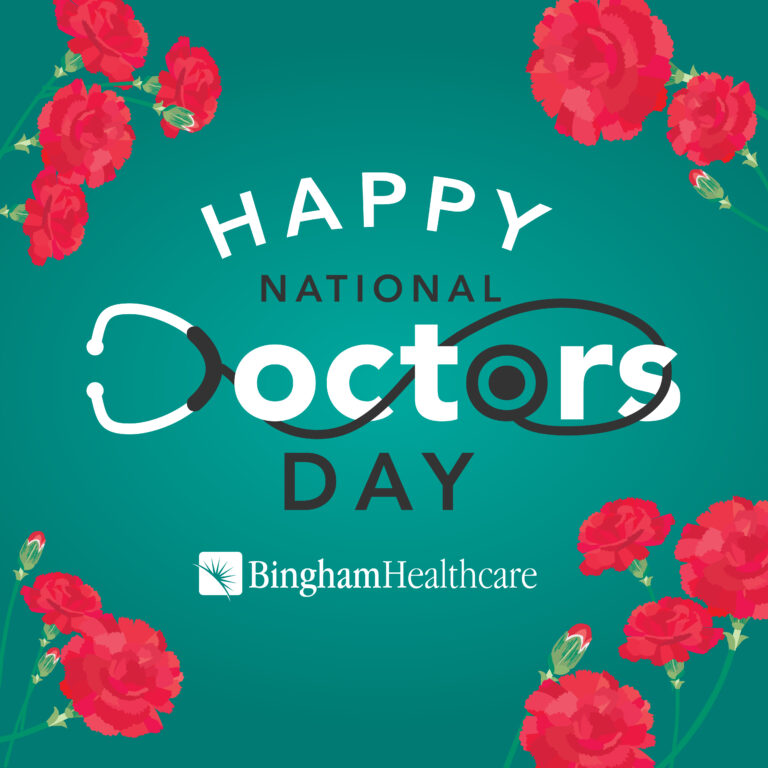
Thank You to Our Doctors on National Doctors’ Day
People who become doctors possess a unique blend of intelligence, compassion, resilience, and a genuine desire to help others. Empathetic by nature, doctors must have the ability to connect with
Bingham Healthcare has a multidisciplinary group of healthcare professionals who provide comprehensive specialty care services to patients with all forms of major vascular disorders.
Although as many as 50 percent of Americans suffer from some form of vein disease, many don’t even know it. With varying forms of vein disease affecting people from their 20s to their 80s, vein disease refers to any condition related to diseased or abnormal veins. Mild vein disease is usually not a problem, but as it worsens, it can become crippling. Healthy arteries normally carry oxygen-rich blood from the heart through the body, but veins return that blood to the heart. When the valves in the veins do not work properly, pressure begins to build up which can create symptoms of vein disease.
CAD is a life-threatening condition and leading cause of death in men and women in the United States. CAD occurs when a fatty material called plaque builds up on the walls of arteries that supply blood to the heart. The plaque buildup causes the arteries to harden and narrow (atherosclerosis), reducing blood flow. The risk of CAD increases if a person has one or more of the following: high blood pressure, abnormal cholesterol levels, diabetes, or family history of early heart disease.
Bingham Memorial Hospital was the first hospital in the state of Idaho, and one of the first in the country, to use a new, minimally invasive catheter system to treat a high-risk patient with coronary artery disease (CAD). Our leading Cardiologist, B. Shields Stutts, MD, worked in concert with the hospital’s interventional radiology team to complete the procedure.
PAD, or peripheral arterial disease, is one of the most common cardiovascular diseases, affecting more than 9 million Americans.
PAD is caused by a buildup of plaque in the major arteries that supply oxygen-rich blood to your legs, feet, arms and pelvis. Over time, this plaque can harden and narrow the arteries, restricting blood flow to affected areas. Individuals often refer to the reduced blood flow in the lower extremities as “poor circulation.” Those with PAD are at a higher risk for having hardened arteries that lead to the heart and brain, increasing their chances for having a heart attack or a stroke.
Deep Venous Thrombosis (DVT) can affect all ages and can be fatal when blood clots travel to the lungs. Early diagnosis with ultrasound allows treatment and prevention. Varicose veins, while not dangerous, can produce disabling leg swelling, pain and fatigue.